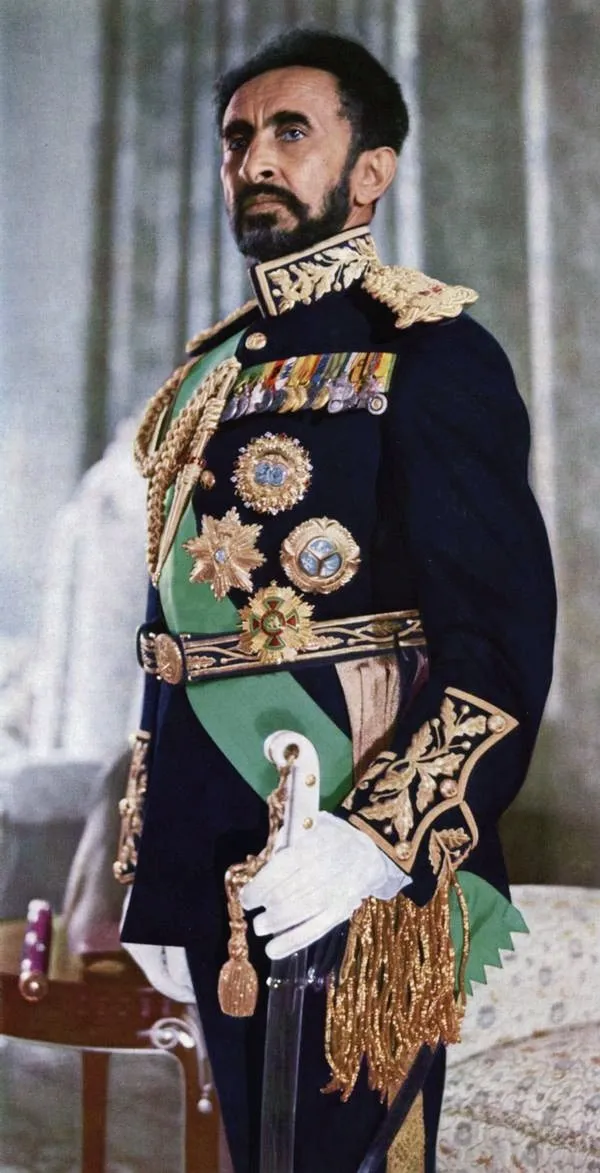Up till now some of the most productive fossil sites were in the Dolomitic caves of South Africa and a few really productive places in Kenya.
When Emperor Haile Selassie of Ethiopia met Louis Leakey and inquired why no fossils had turned up in his country, Ethiopia, the way was opened for previously hindered palaeoanthropological expeditions into Ethiopia.

By unknown; according to [1] and [2] an official portrait of which b/w copies were distributed by the Ethiopian government - http://www.pinterest.com/pin/394416879836603435/ (via http://www.pinterest.com/pin/55169164157483842/). Original source unknown., Public Domain, Link
With the emperors help the way to exploring known, but up till then inaccessible, fossiliferous deposits in Ethiopia.
The hominid fossils that had been found there in 1959 had been confiscated by Ethiopian border guards and further visits refused.
Leakey was suffering from arthritis and so could not participate in the fieldwork but instead lead the international expedition compose of three teams, a french and an american one both lead by scientist that had worked the area previously. a small group from Kenya comprised the third.
Clark Howell who lead the American team was none other than he who had had his hominid fossils confiscated years earlier. He took a whole host of other specialists with him and thereby set a new standard using the multidisciplinary approach.
Richard Leakey at 26 was among the Kenyan's with his wife being the qualified one, Richard was there to run logistics since he ran his own Safari operation in Kenya.
The so called "international" expedition quickly split up into three competing factions once the destination was reached. Each keen to outdo the others.